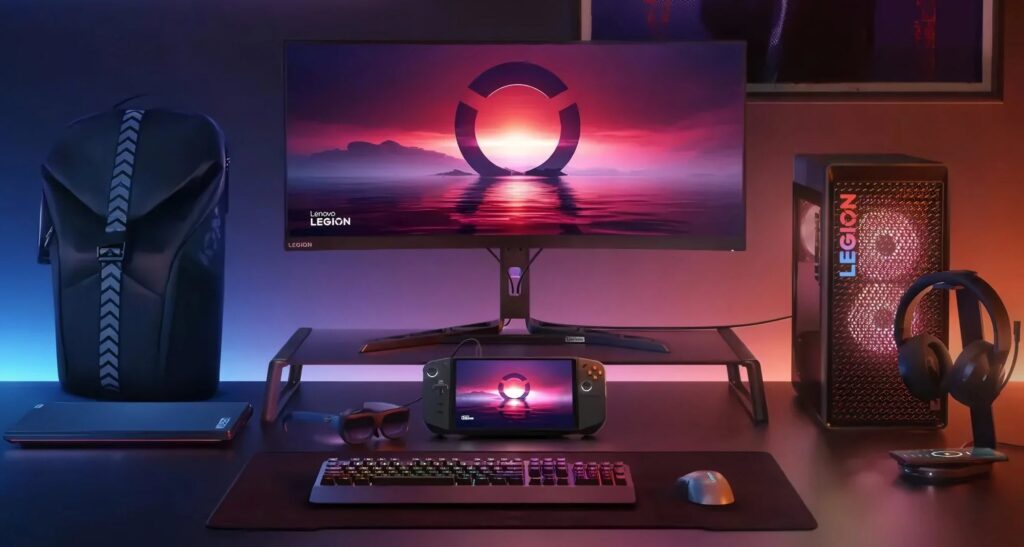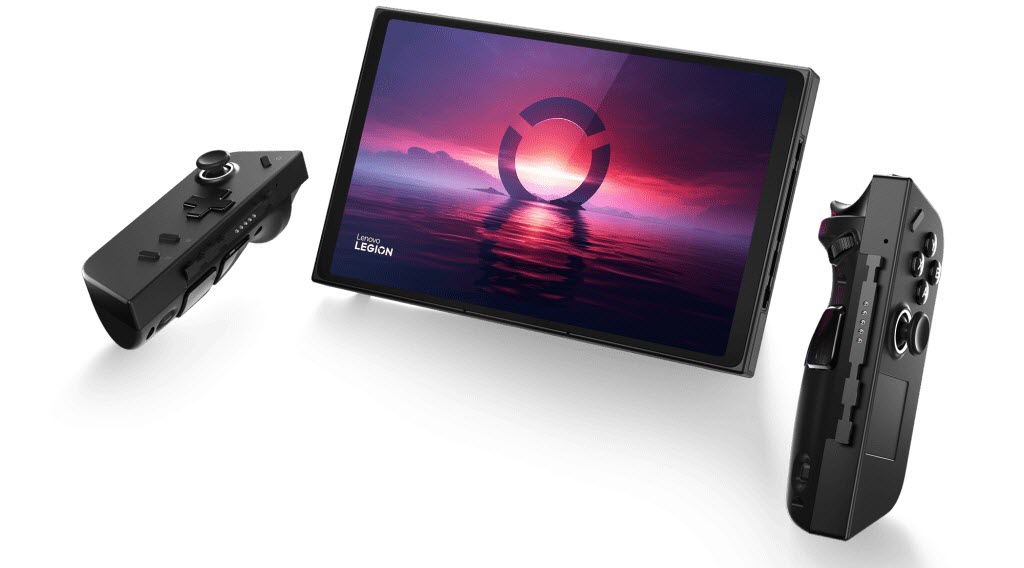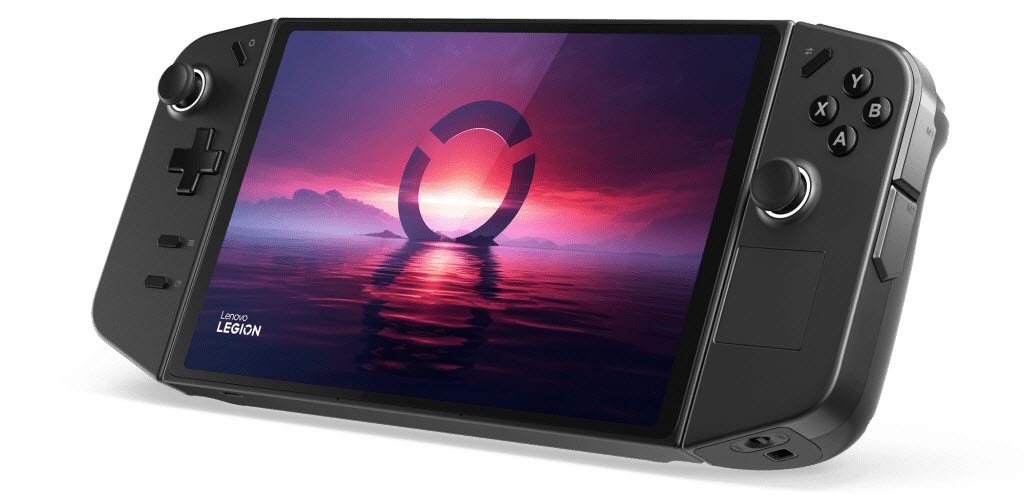Gaming | September 9, 2023

Lenovo has officially unveiled the Legion Go, its portable console with Windows 11, aiming to compete in an increasingly crowded segment of devices. Unfortunately for the Chinese brand, the element of surprise for this launch was completely spoiled due to multiple leaks in recent weeks.
The design, with detachable Switch-like controllers, specifications, price, and even the presentation date had all been revealed in various reports over the last month. Nevertheless, Lenovo fulfilled its part and introduced the Legion Go at IFA 2023, formally confirming that the previous leaks were accurate.
Beyond the lack of surprise, Lenovo has confirmed an interesting initiative with the Legion Go. While the Steam Deck remains the primary reference when discussing these types of products, it’s clear that the company aims to compete directly against the ASUS ROG Ally. Both the pricing and the hardware and software specifications are clear indicators of this.
What’s truly interesting is that Lenovo has adopted a broader strategy compared to ASUS, offering accessories to enhance the gaming experience. We’re talking about the Legion Glasses, their augmented reality glasses, and the Legion E510 headphones with 7.1 surround sound, both of which had also been leaked in recent days.
Lenovo claims that development for the Legion Go began over 2 years ago, but now it must prove that the console lives up to expectations.

As previously mentioned, the Lenovo Legion Go will have the ASUS ROG Ally as its primary rival, as evident from their spec sheets. Both consoles use AMD’s Z1 processor line with RDNA graphics and offer the same amount of RAM (16 GB). Additionally, both devices run Windows 11 Home, and their initial prices are identical.

So, what are the differences? Looking at the hardware, Lenovo’s console offers more storage options, a larger screen, and more comprehensive controllers. Not to mention the ability to expand the gaming experience with augmented reality glasses. Let’s take a closer look at what the new Legion Go brings to the table:
| Screen | 8.8-inch IPS touch panel with QHD+ resolution (2560 x 1600), with a refresh rate of 144 Hz and maximum brightness of 500 nits. |
| Processor | Up to AMD Ryzen Z1 Extreme with AMD RDNA graphics |
| RAM | 16GB (LPDDR5X) |
| Storage | 256 GB / 512 GB / 1 TB (SSD), expandable up to 2 TB via micro-SD slot. |
| Battery | 49.2 Wh, with support for fast charging up to 65 W with the charger included in the box. The battery of the detachable controls is 900 mAh. |
| Ports | 2 USB-C (USB 4.0, DisplayPort 1.4, Power Delivery 3.0), one on the top and one on the bottom. 1 micro-SD card reader at the bottom. 1 3.5 millimeter headphone jack on the top. |
| Audio | 2 2 W speakers and double microphone. |
| Connectivity | WiFi 6E and Bluetooth 5.2. |
| OS | Windows 11 Home with Legion Space. |
| Dimensions | Base module with controls connected: 299 mm x 131 mm x 41 mm. Base module with controls disconnected: 210 mm x 131 mm x 20 mm. |
| Weight | 854 grams (with controls connected). 640 grams (with controls disconnected). |
| Color | Shadow Black (black). |
The Lenovo Legion Go incorporates a diverse range of controls. In this case, the manufacturer’s choice seems more in line with what we’ve seen on the Steam Deck, albeit with some distinguishing features. The console includes a directional pad, ABXY buttons, two thumbsticks, triggers, shoulder buttons, 6 programmable buttons, along with a mouse wheel and its corresponding sensor.
This last feature is quite interesting since the Lenovo Legion Go includes an FPS mode. As the name suggests, this mode is specifically designed for those who want to enjoy first-person shooter games. What this mode does is allow the player to detach the right controller and add a magnetic accessory to use it as a mouse. This way, users accustomed to playing titles like Call of Duty on a PC will have more elements to replicate the experience on this portable device.

As mentioned earlier, Lenovo aims to expand the possibilities of the Legion Go with its new augmented reality glasses. The Legion Glasses feature two micro-OLED screens with a resolution of 1920 x 1080 in each eye and a 60Hz refresh rate. They connect to the console via a 1.2-meter USB-C cable and include a frame for prescription glasses as well as adjustable nose pads in various sizes.
What’s interesting about the Legion Glasses is that their use is not limited to the Legion Go. The glasses can be used on Windows and macOS computers as well as Android devices, provided they have full-featured USB-C ports.
Regarding the Legion E510 headphones, Lenovo promises a 7.1 surround sound experience. Additionally, to give them a more gamer-centric appeal, they feature RGB lighting.
The Lenovo Legion Go will be available in Europe starting from November with an initial price of 799 euros. The company has not yet mentioned when reservations will open or on which specific day deliveries will begin.
On the other hand, the Legion Glasses will be sold from October for 499 euros. Meanwhile, the Legion E510 headphones will also hit the market in the same month with a price of 49.99 euros.